Perseid Meteor Shower at its best this weekend! Catch the light show, know when and where
The Perseid Meteor Shower will be at its liveliest on the night of August 12 when the Earth goes through the thickest parts of the dusty remains left behind by Swift-Tuttle Comet.
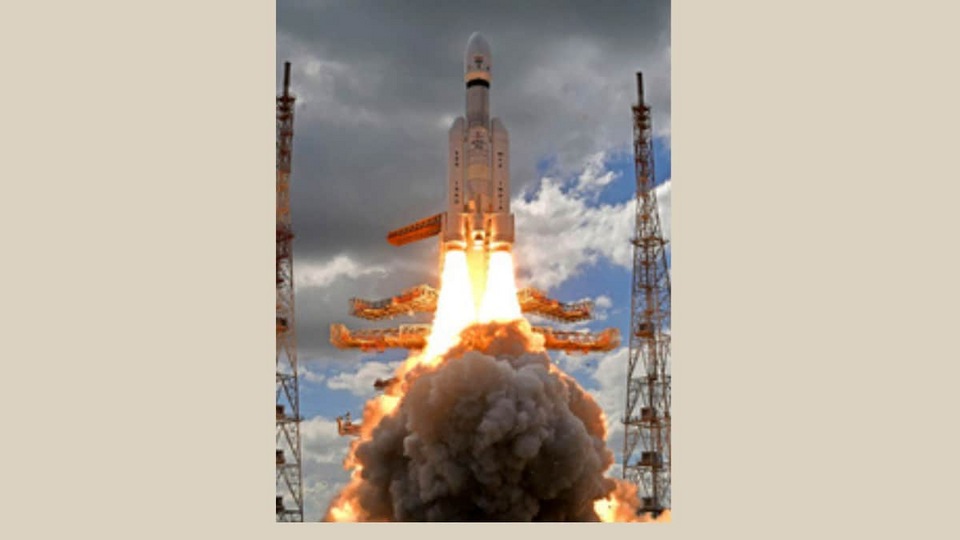
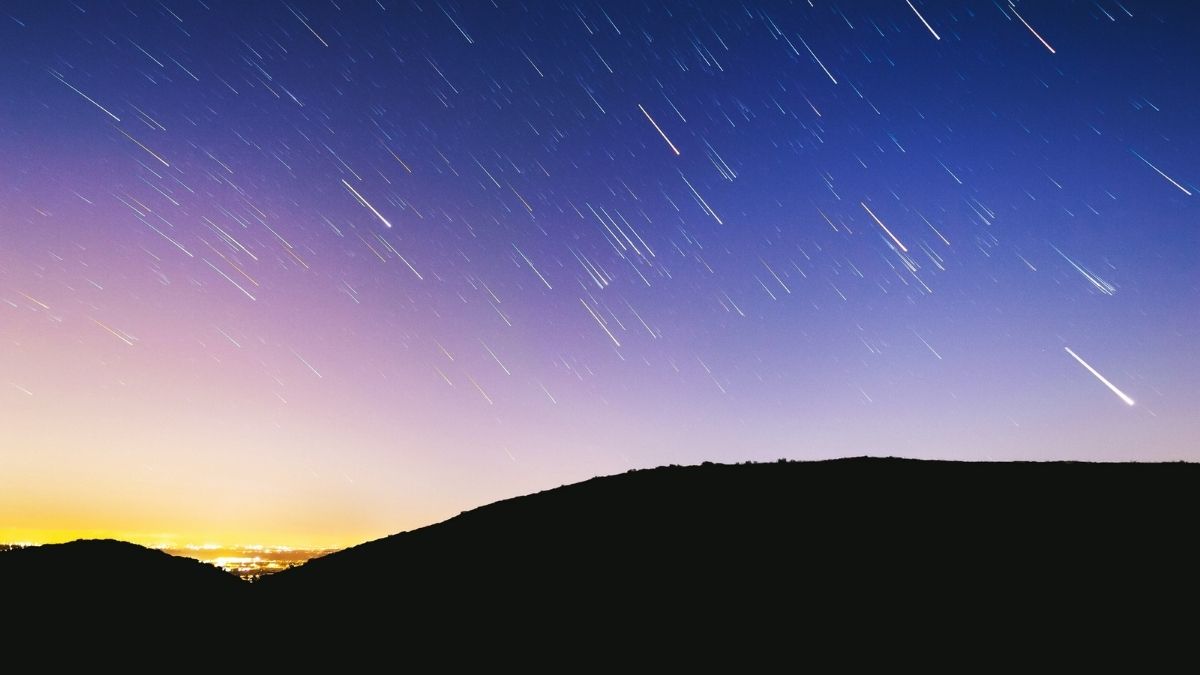
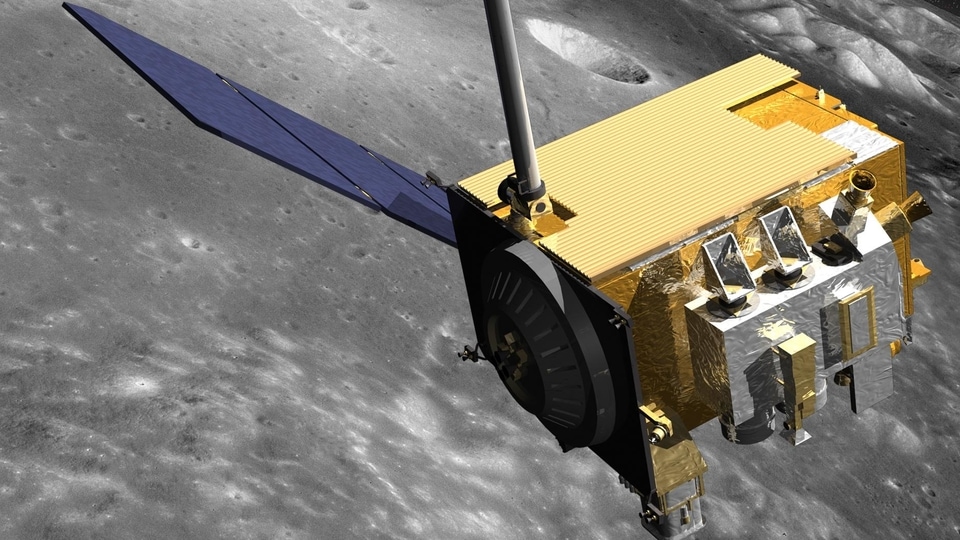
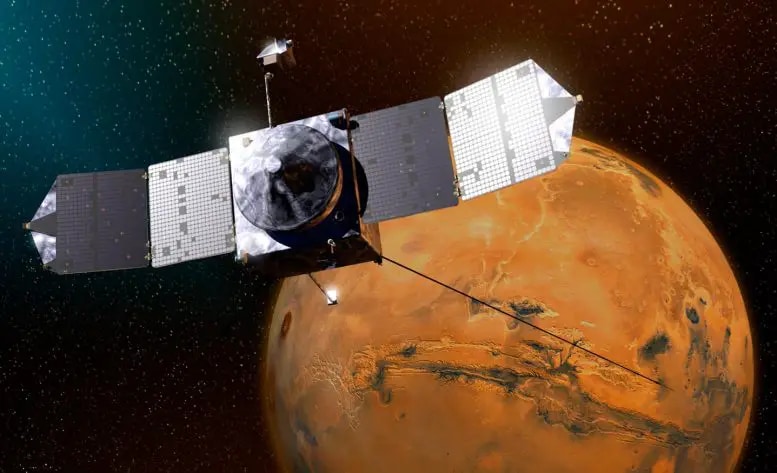
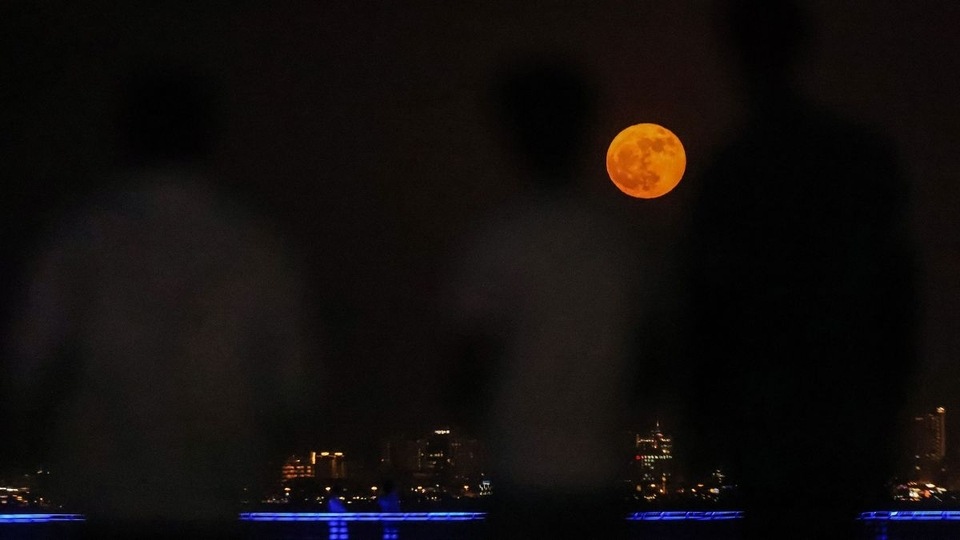
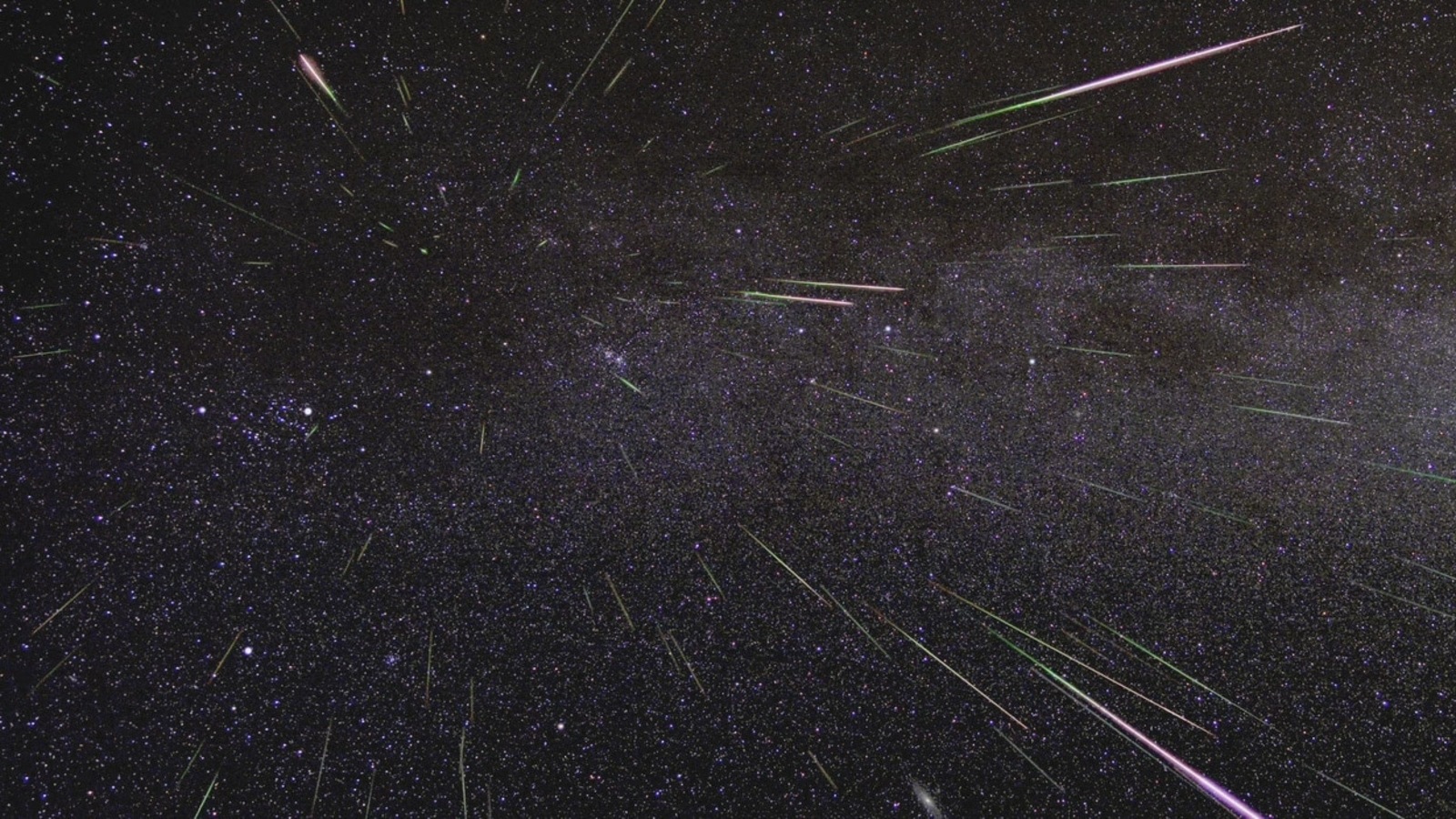
 View all Images
View all ImagesHave you ever witnessed a meteor shower? Well, you can witness one now, and that too the best one of them all! Called the Perseid meteor shower. It will be at its brightest on August 12. According to NASA, a meteor is a space rock that comes into Earth's atmosphere. As it falls, the air makes it really hot because of the friction. The bright streak we see is not the rock itself, but the hot air around it. When many space rocks hit the atmosphere over Earth together, we call it a meteor shower. These meteors are small, fast and bright, leaving trails of light and color behind them as they move through the Earth's atmosphere and get burned up.
The Perseid Meteor Shower will be at its liveliest on the night of August 12 when the Earth goes through the dusty remains left behind by the Swift-Tuttle comet. The Perseid meteor shower is often thought of as the best one of them all as it has the most shooting stars and the weather is usually nice in late summer to make for ideal viewing.
Unlike last year, when the full moon made it hard to see the meteors, this year the moon will be a smaller crescent shape, so even the fainter shooting stars will be visible. You can see around 50 to 100 meteors every hour.
How many Perseids can you see?
According to Bill Cooke, who leads NASA's Meteoroid Environment Office, People in the U.S. can reasonably expect to see around 40 Perseids in the hour just before dawn on peak nights. That's about one every couple of minutes, which is not bad. “However, we are assuming you are out in the country, well away from cities and suburbs,” he added. The brighter skies of suburban areas greatly reduce the rates, with 10 or fewer expected in an hour.
For the best view of the Perseid meteor shower, you can head to the Northern Hemisphere. To enjoy the show, just find a clear, dark sky and be patient. Meteors will appear all across the sky, so no need to focus in any specific direction. Sometimes you can start seeing meteors from this shower as early as 10 p.m.
About the Perseid Meteor Shower
The Perseids are special because they often generate fireballs. Fireballs are big bursts of light and color that last longer than a regular shooting star. This happens because fireballs come from larger pieces of material. They're also brighter and can be seen better.
Meteors come from pieces of comets and parts of broken asteroids. When comets go near the Sun, they leave behind dusty paths. Earth goes through these paths every year, and that's when the pieces hit our atmosphere.
The Perseid meteor shower comes from bits of debris that come from a comet called 109P/Swift-Tuttle. This comet takes 133 years to go around the Sun once. In 1865, Giovanni Schiaparelli figured out that this comet caused the Perseids. Comet Swift-Tuttle last came close to the inner part of our solar system in 1992. Comet Swift-Tuttle was found by Lewis Swift and Horace Tuttle in 1862. It's a big comet with a core that's 16 miles (26 kilometers) wide. (This is almost twice as big as the object believed to have caused the end of the dinosaurs.)
When the Perseids interrupted Space Shuttle launch
In 1993, the launch of NASA's STS-51 Discovery Space Shuttle launch was postponed due to worries about the Perseid meteor shower's anticipated intense activity. There were concerns that the high volume of meteor debris during the shower could pose a risk to spacecraft in Earth's orbit, leading to the decision to delay the launch.
Catch all the Latest Tech News, Mobile News, Laptop News, Gaming news, Wearables News , How To News, also keep up with us on Whatsapp channel,Twitter, Facebook, Google News, and Instagram. For our latest videos, subscribe to our YouTube channel.




























